This seascape of Lorrain is a paired picture to “Landscape with the scene of the marriage of Isaac and Rebekah.” Turner was so fascinated by these two works of Lorrain
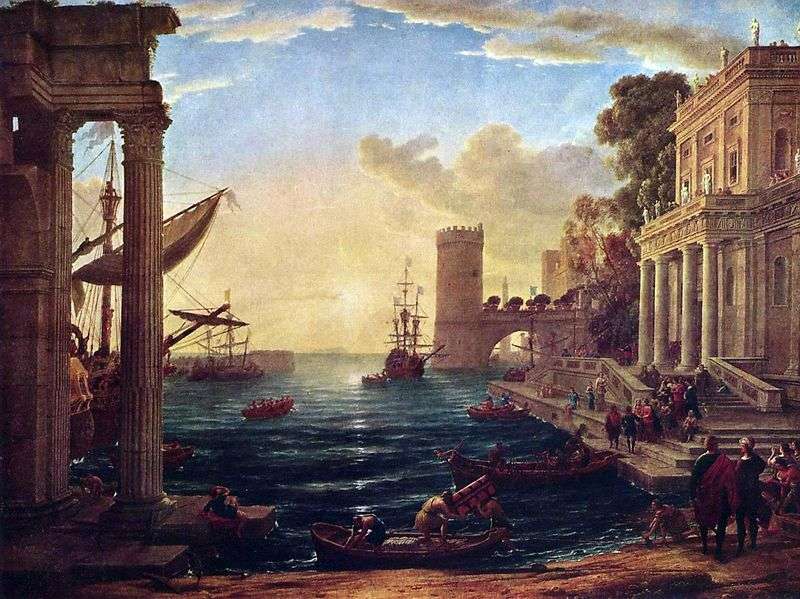

This seascape of Lorrain is a paired picture to “Landscape with the scene of the marriage of Isaac and Rebekah.” Turner was so fascinated by these two works of Lorrain
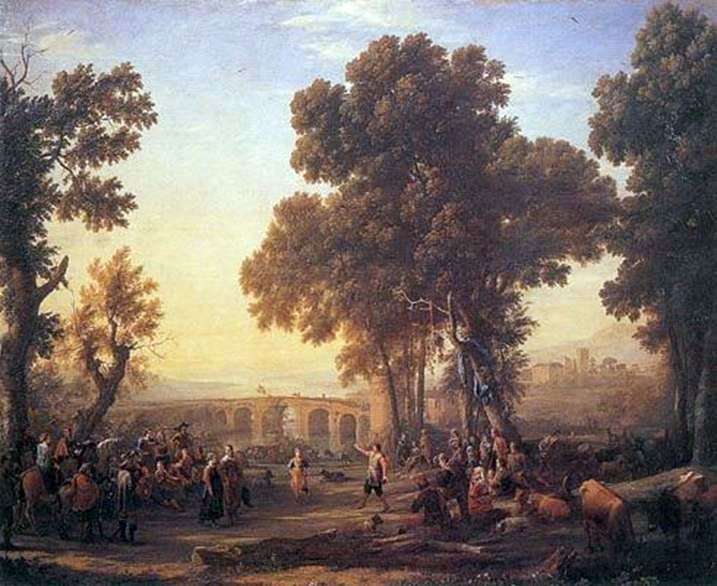
This picture refers to the period of the most intense artistic work of Lorrain, who in general formed his own artistic system by that time and created his own version
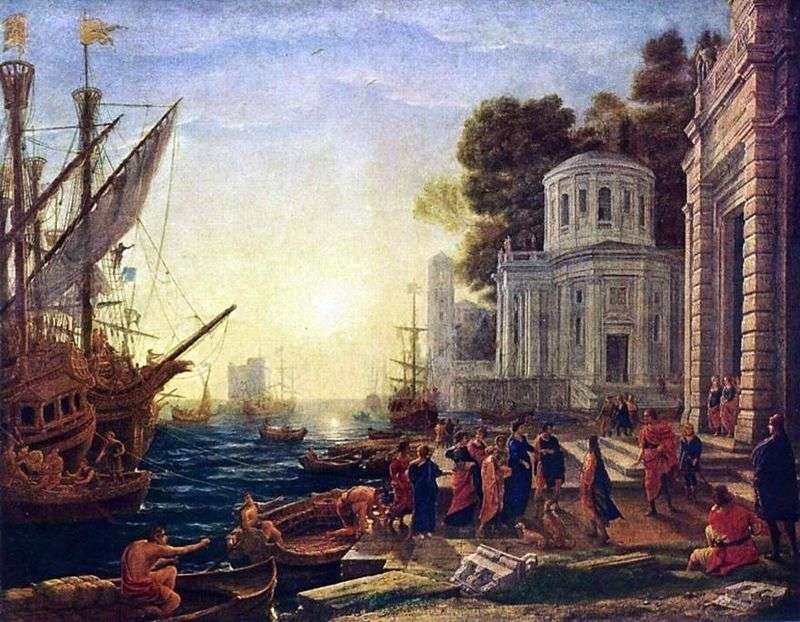
The picture is written on a real historical plot, as always with Lorrain, greatly transformed. The Queen arrives in Tarsus, intending to seduce Mark Antony and thereby subordinate him to
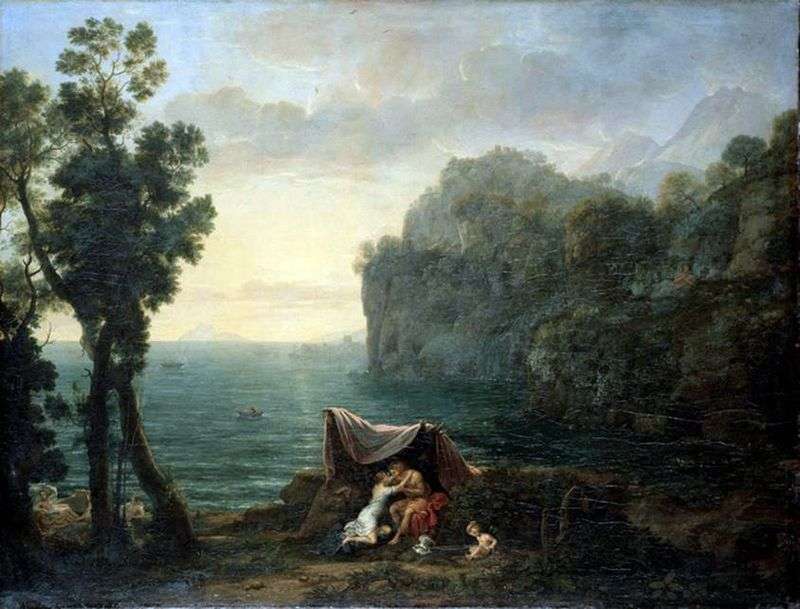
Another famous picture of Lorrain is “Acis. And Galatea.” This canvas is currently stored in the Dresden Gallery. The work is written in the classical style, which requires compliance with
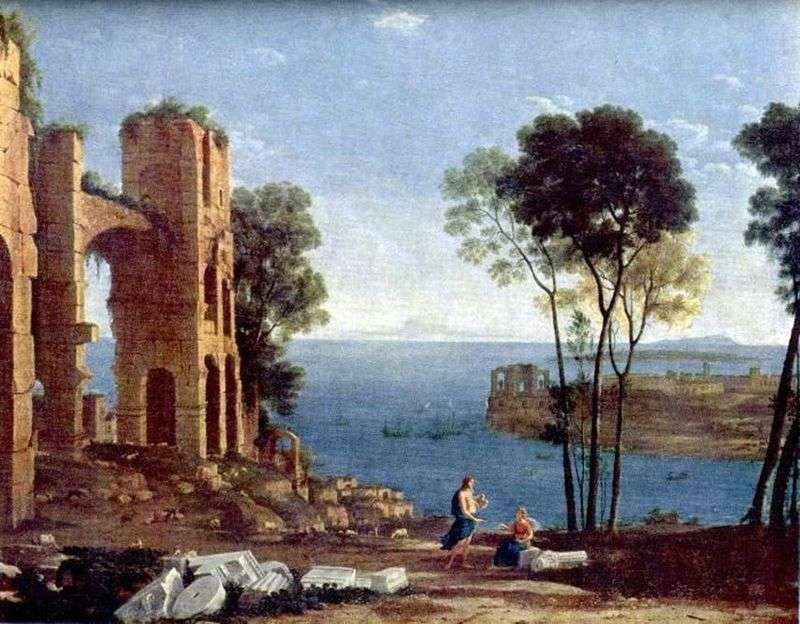
He was often called the master of the decorative landscape, as if accusing him of the fact that the places he depicts do not really exist. But not existing in
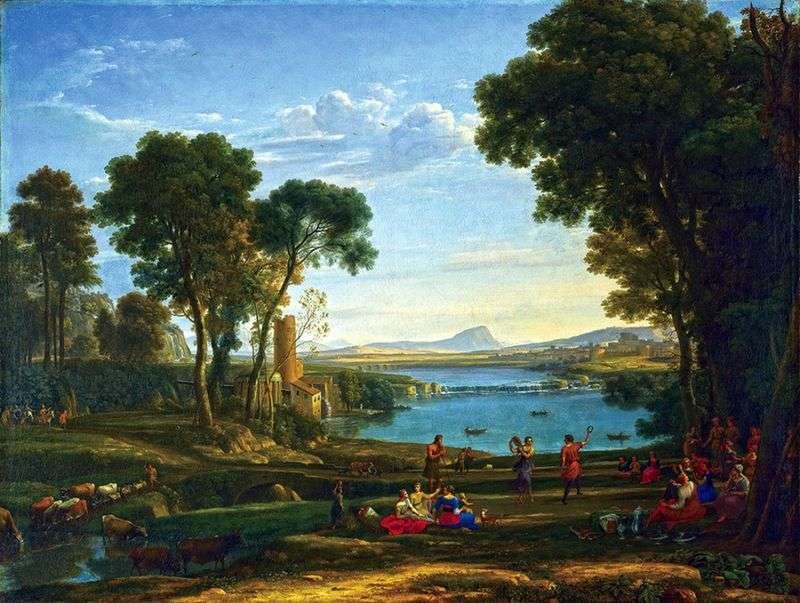
This painting, also known as “The Mill”, is a steam room for the painting “Departure of the Queen of Sheba.” Both works are believed to have been ordered by Cardinal
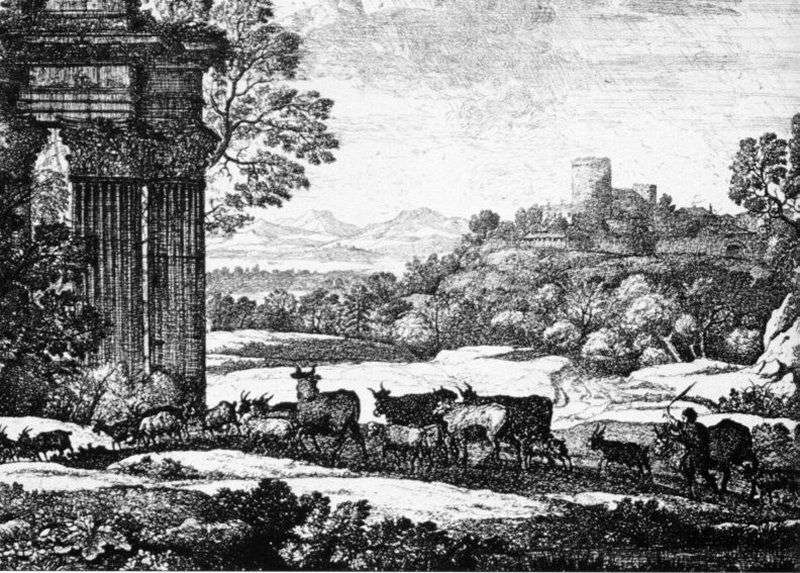
Authorship of 44 prints Lorrain finally confirmed by the researchers. There are still some doubtful works in this sense. Most of the surviving engravings Lorrain created at the beginning of
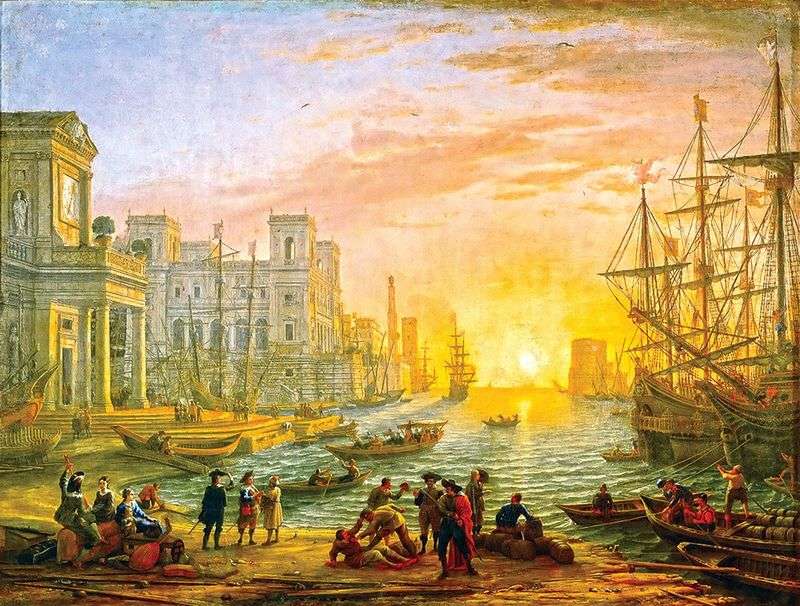
Claude Lorrain is an artist who has managed to open a new page in the genre of idyllic landscape. With all the typicality of the applied compositional techniques typical of
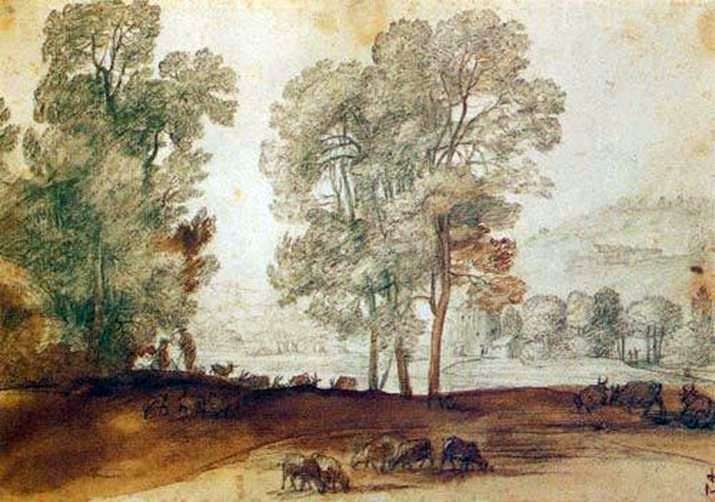
In addition to the drawings included in the “Book of Truth”, there are still about 1100 independent works by Lorrain, made in this genre. Thus, the total number of drawings
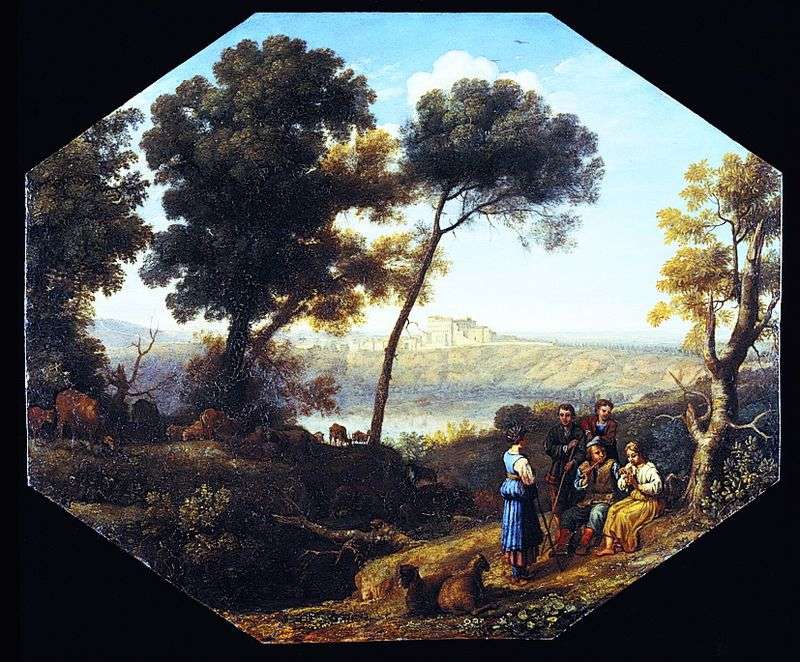
One of the most influential patrons of Lorrain was Pope Urban VIII. For him, the artist painted four paintings in 1637-39. These paintings include the charming “Port”, 1637 and the

Brushes Claude Lorrain owned a series of paintings, which are faced by two elements – land and sea. Some of them, such as Port of Tramonto, are written in the
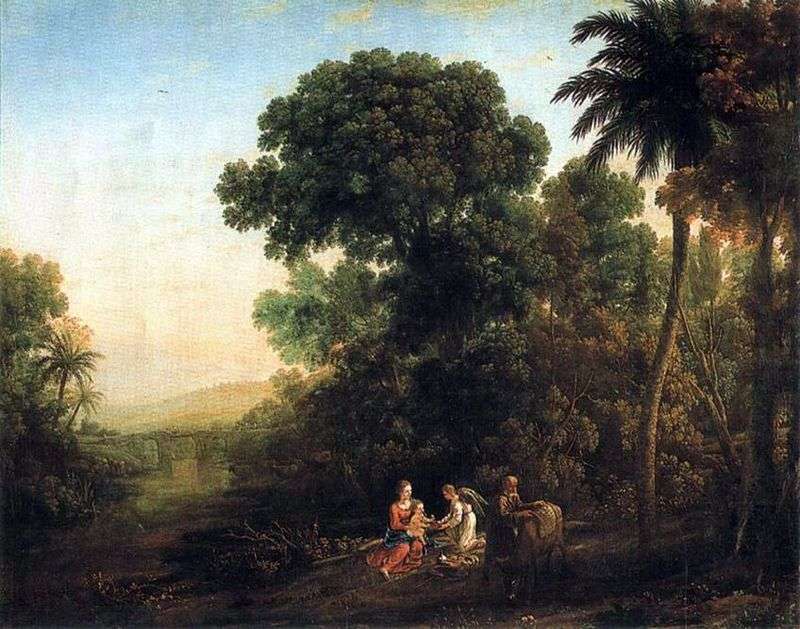
This is one of several developments of the plot favorite by the artist. In Russia, the variant from the Hermitage series of “times of the day” is better known –
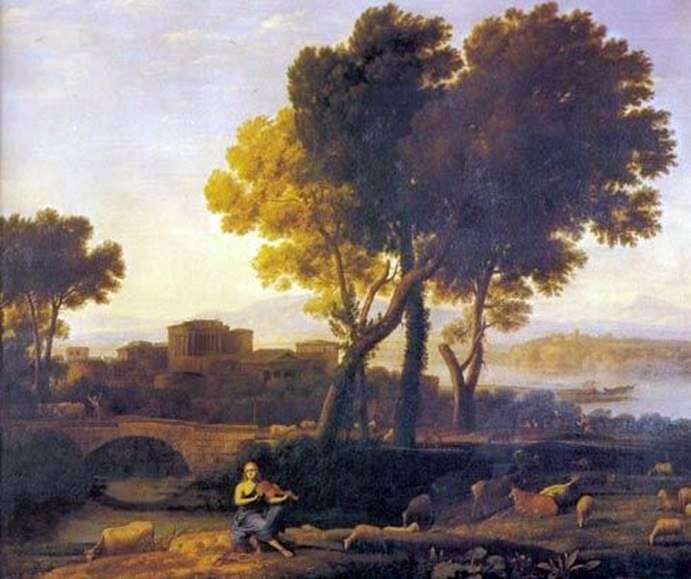
On this story, Claude Lorrain wrote several pictures. The myth tells that in punishment for the murder of the Cyclopes, who forged the father of Apollo Zeus with lightning, Zeus
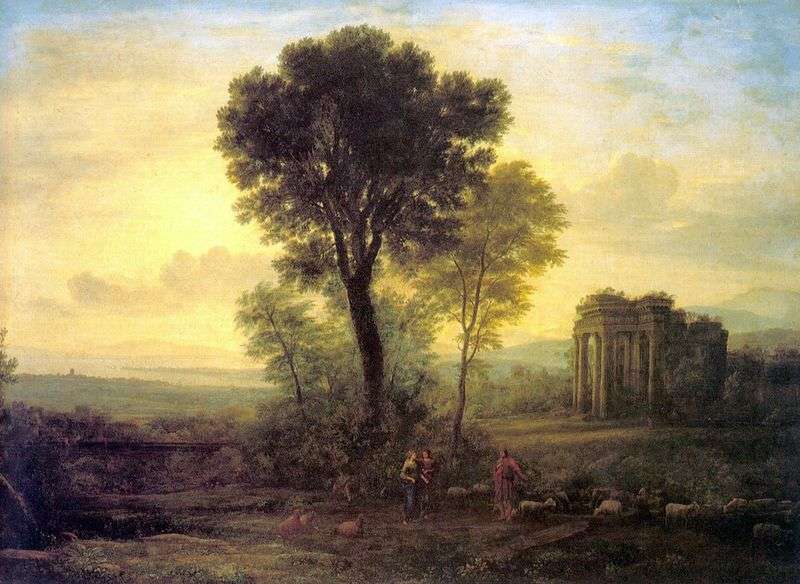
The landscapes of Claude Lorrain, along with the philosophical paintings of his contemporary Poussin, were one of the peaks of French classicism. True, it is difficult to find more dissimilar
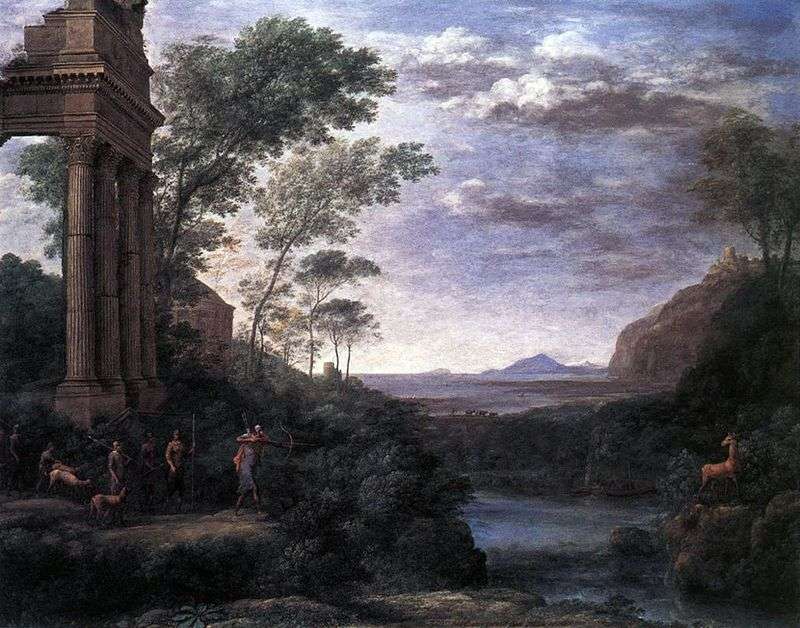
This is the last picture of Lorrain. He did not include it in his “Book of Truth” – perhaps because he simply did not have time to do this, he
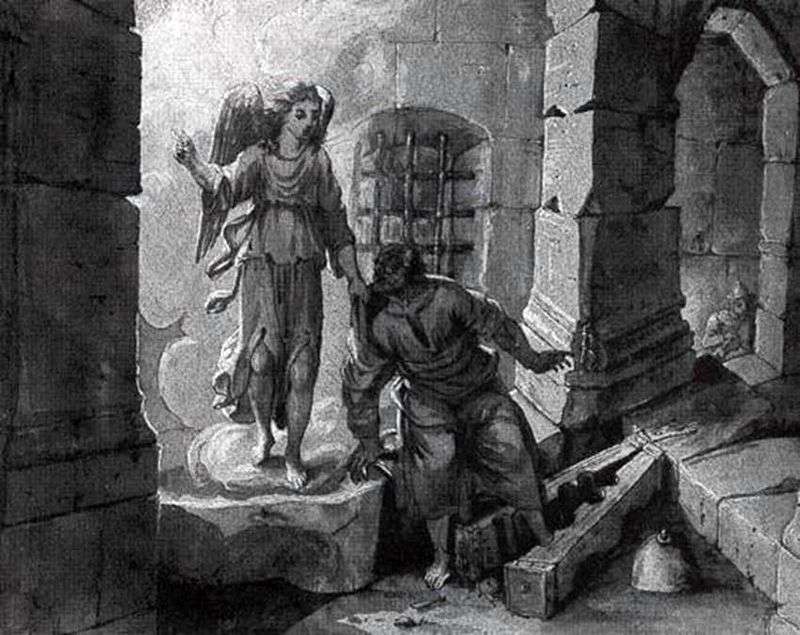
Around 1635, Lorrain proceeded to a detailed description of his own work, which took shape in the so-called “Book of Truth.” He kept his notes until his death. The “Book
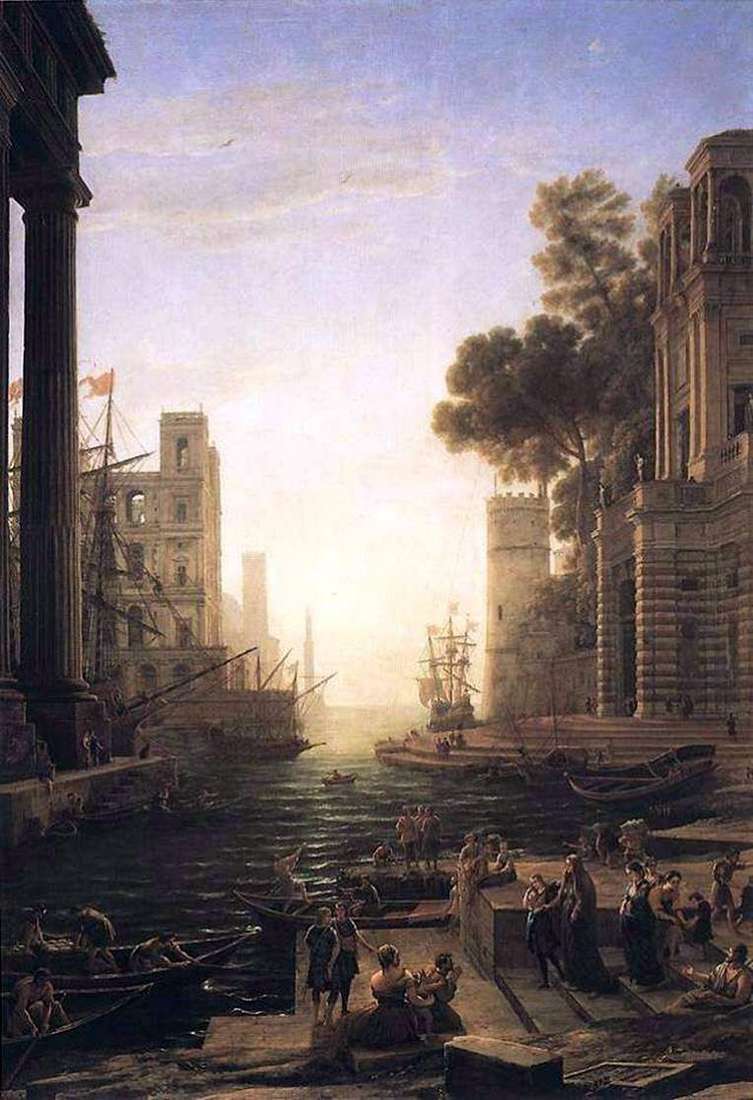
“Departure of St. Paula” can also be counted among the masterpieces of the artist. The architectural landscape resembles the view of Ostia’s harbor. On either side of the bay, buildings
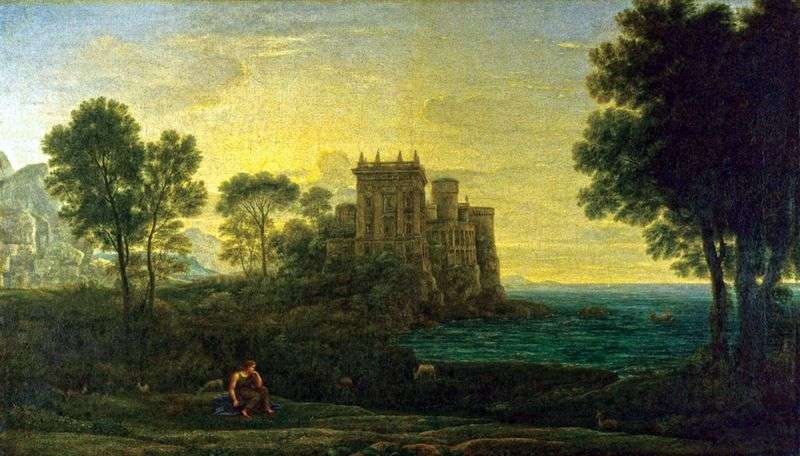
The second title of this work, the Enchanted Castle, appeared in 1782, when an engraving was made from the painting. It is unusually successful, for it perfectly corresponds to the
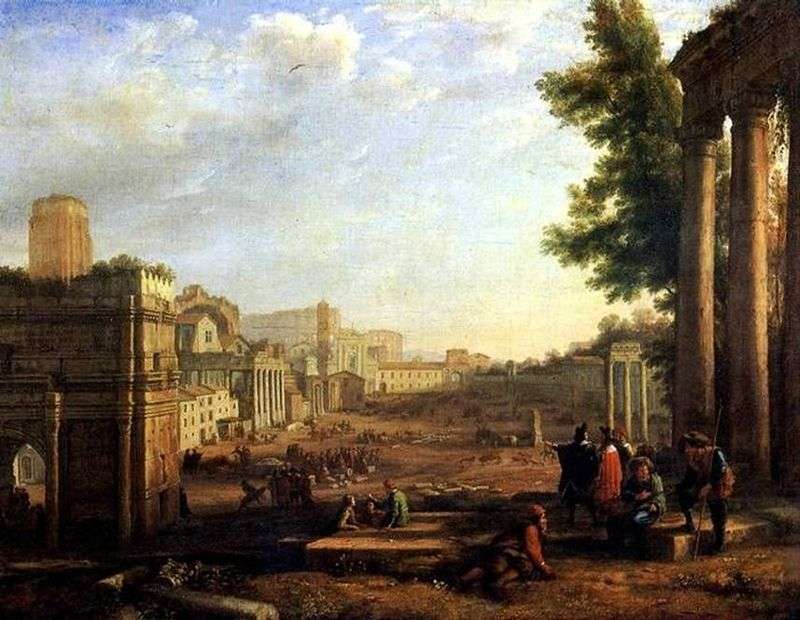
Claude Lorrain often depicted architectural structures in his paintings. In his early works one can find several types of the environs of Rome, written with high topographic accuracy. Subsequently, the
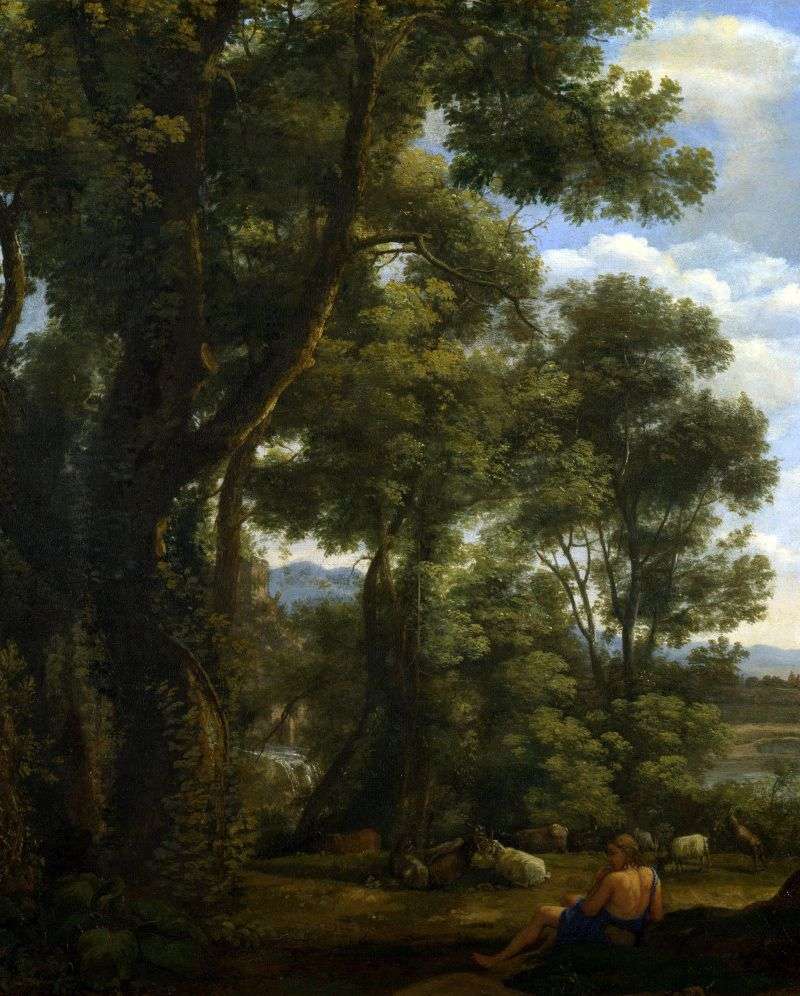
Lorrain populated some of his canvases with characters that have no relation to history or mythology. These landscapes echo the mood with the pastoral poems of Virgil, the most famous
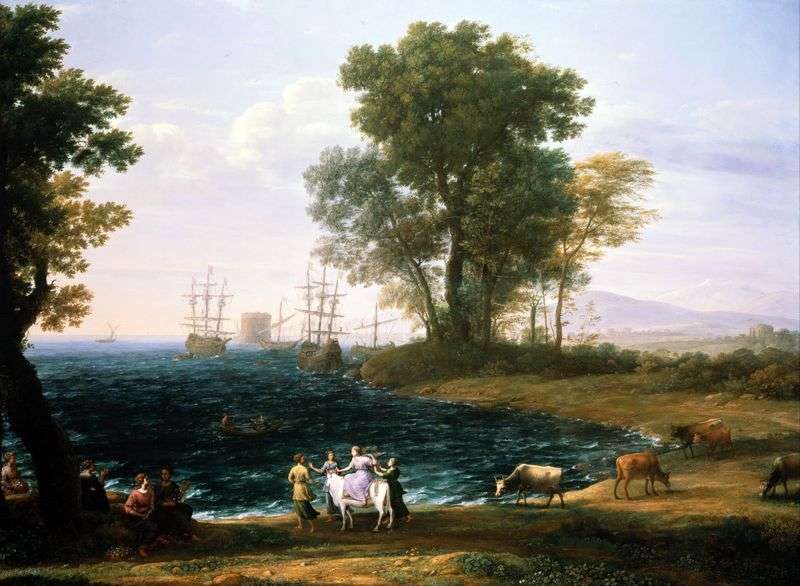
The flowering of creativity Claude Lorrain falls on the 50s. XVII century. During these years he created the best of his works. So, in the painting “The Abduction of Europe”,